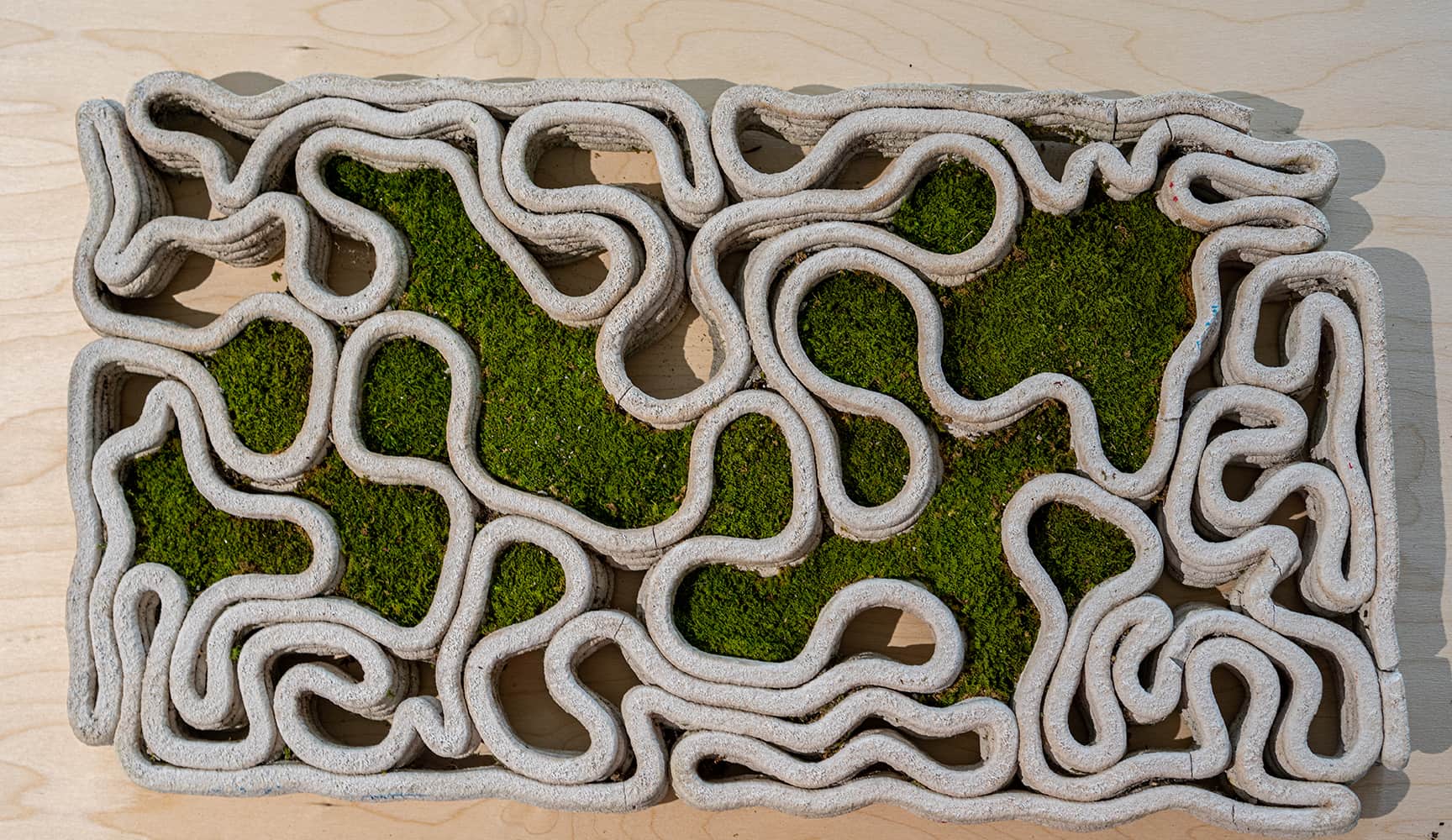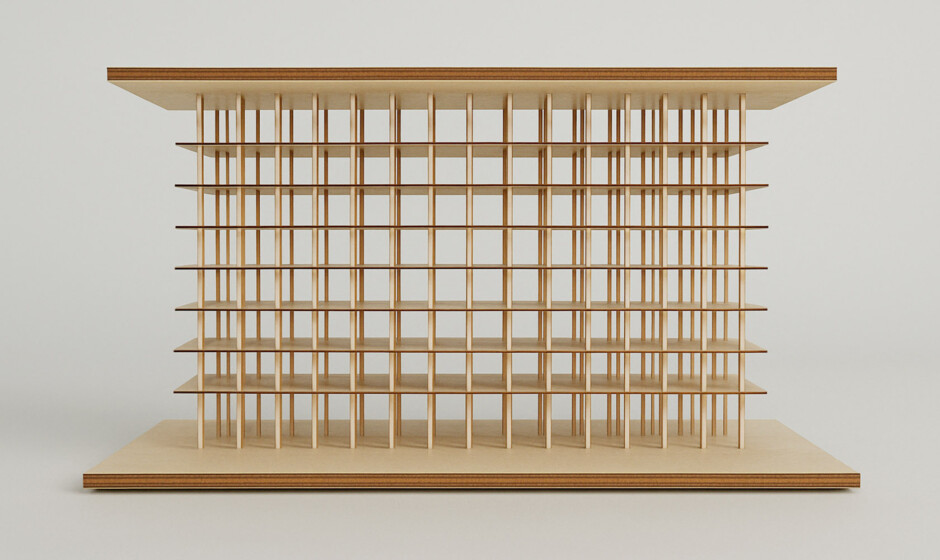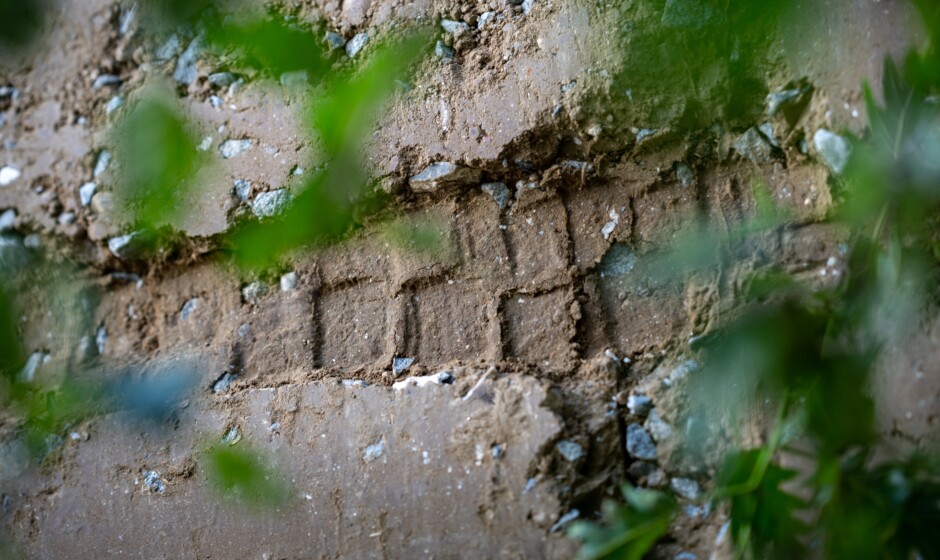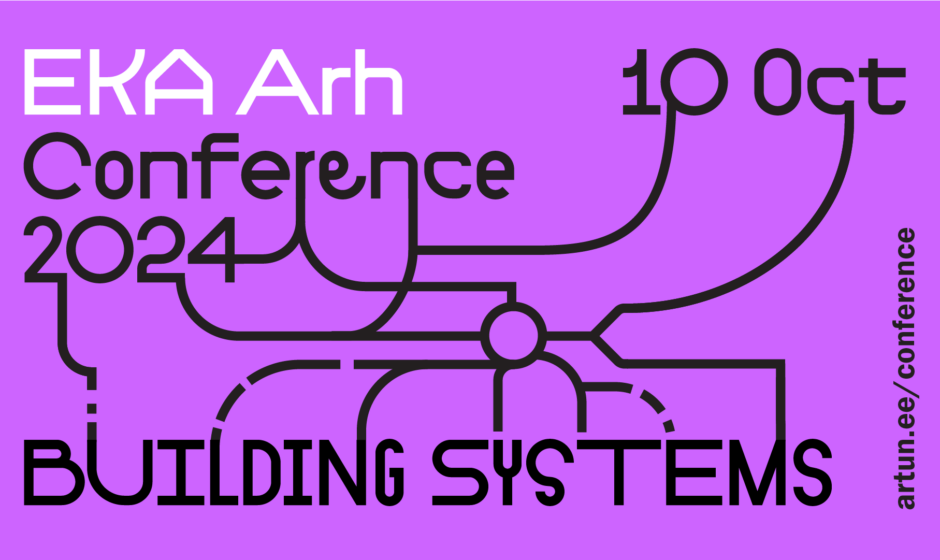‘Critical Practice’ at ICSA2025

Is your work in practice breaking boundaries?
After the successful first edition in Aalborg 2022, the forthcoming ICSA2025 will again host a Critical Practice track. It is framed as the avant-garde of knowledge and method creation in applied modes of working, such as applied research or research by design. Submissions are expected to be intimately linked to the practices of architecture and engineering. Work produced in this category may be situated in industry practices, or it may have emerged through an operative collaboration across the academic–industry bounds. The friction that arises from considering design factors such as economy, longevity, liability, and maintenance is inherent in industry processes and is considered critical for driving change. The output of such thinking may in some cases directly lead to built work, but often remains in the stage of knowledge creation. The Critical Practices track aims to provide a platform for sharing any such knowledge.
Prototypes or models
The final submission in this track is a prototype at a scale that has been critical in a development process. The contributions represent part of a dedicated exhibition displayed during the entire conference, an exhibition publication, and a special issue of selected works published afterwards. Each prototype is accompanied by a video that contextualises, describes, and reflects on the work. The submission is directly tied to the overall theme of ICSA2025: REstructure REmaterialize REthink REuse.
Check the full call on the conference website!
Photo Credits: Per Bille



